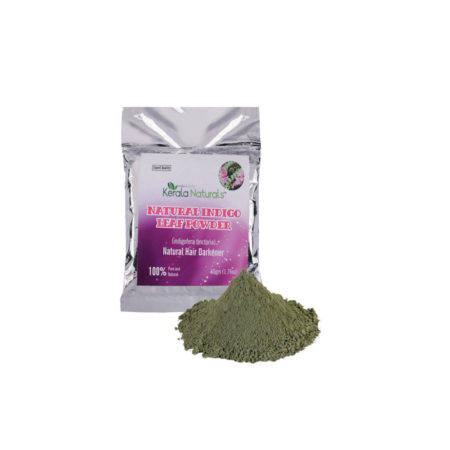
The indigo tree is a shrub whose leaves are used for dyeing. Today cultivated in Asia, Africa and America, we still do not know for sure the origin of this plant, as it is old.
Indigo powder is obtained by direct grinding of Indigo leaves. Indigo leaves are harvested by hand and dried naturally in the sun before being crushed to obtain the powder.
Indigo as a purification agent
The indigo can be used both to purify the environment where we are, and to purify ourselves. In the first case we must dilute it in water and with a cloth clean floors, walls and doors, thus eliminating negative energies that may have been stuck there.
The help provided by indigo is not due to its physical properties, but rather to the intense blue color it has, since in addition to protecting us from bad vibrations, it protects and elevates the soul.
Indigo’s uses in Hair
Indigo powder offers a rich dark shade for your hair, up to black. It goes well with henna powder, to obtain a medium or dark brown depending on the dosage. It can also be added to other natural plant colorings, since it gives them a deeper intensity.
Used alone, indigo is a wonderful hair dye to cover gray hair. Moreover, thanks to its antiseptic properties, it preserves the health of the scalp and hair.
Indigo: a powder 100% pure and natural
Natural color with Indigo powder
On black hair: used pure on black hair to bring dark blue reflections, indigo is usually mixed with other powders for plant coloring.
On brown hair brown: mixed with natural, Indigo powder will give you a brown color.
On white hair: if white hair represents more than 30% of your hair, we recommend a two-step application:
A first application of natural henna (your white hair will be rather orange)
A second application of natural henna mixture (1/3) and indigo (2/3), in order to obtain a brown color.
The use of Indigo is not recommended for light hair, especially in pure use.


